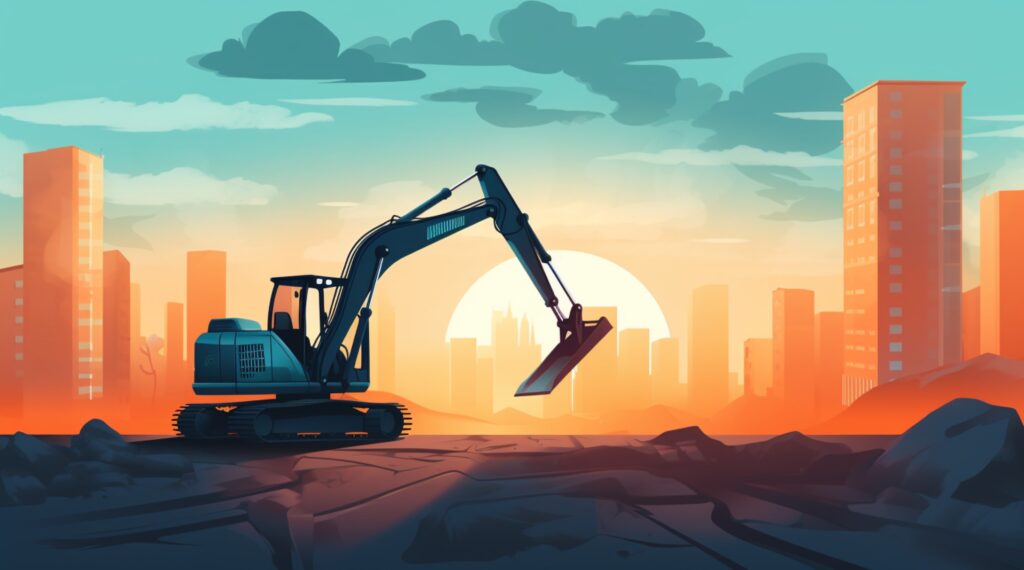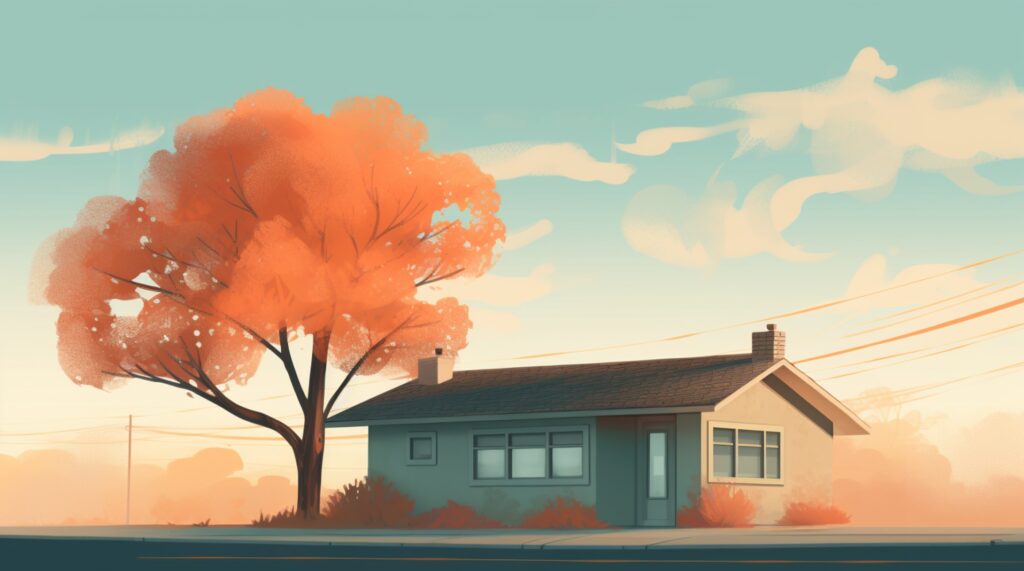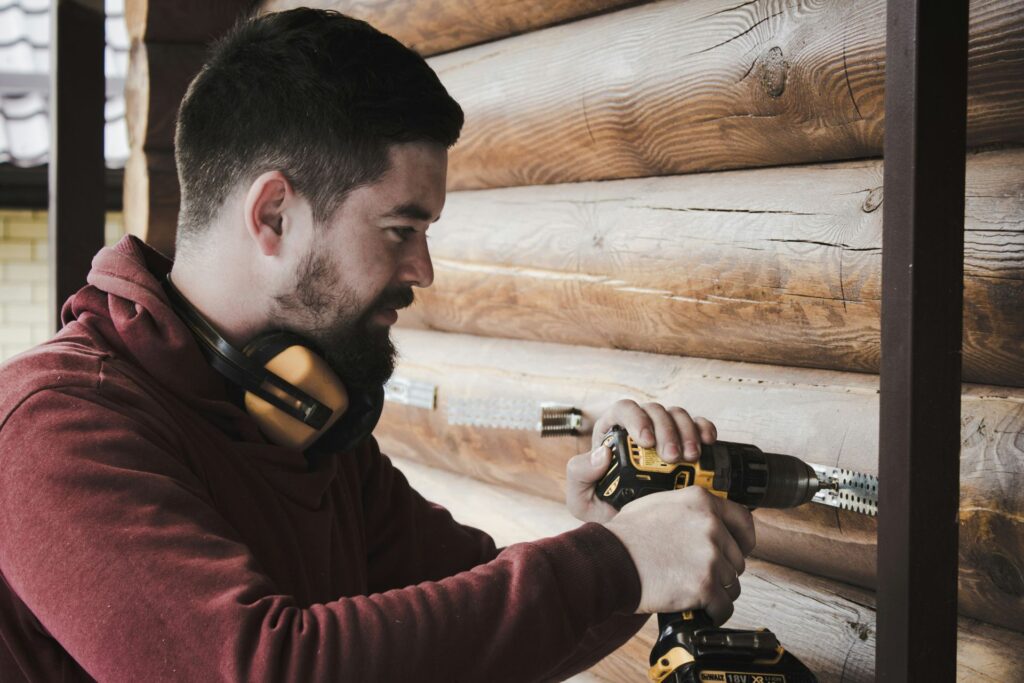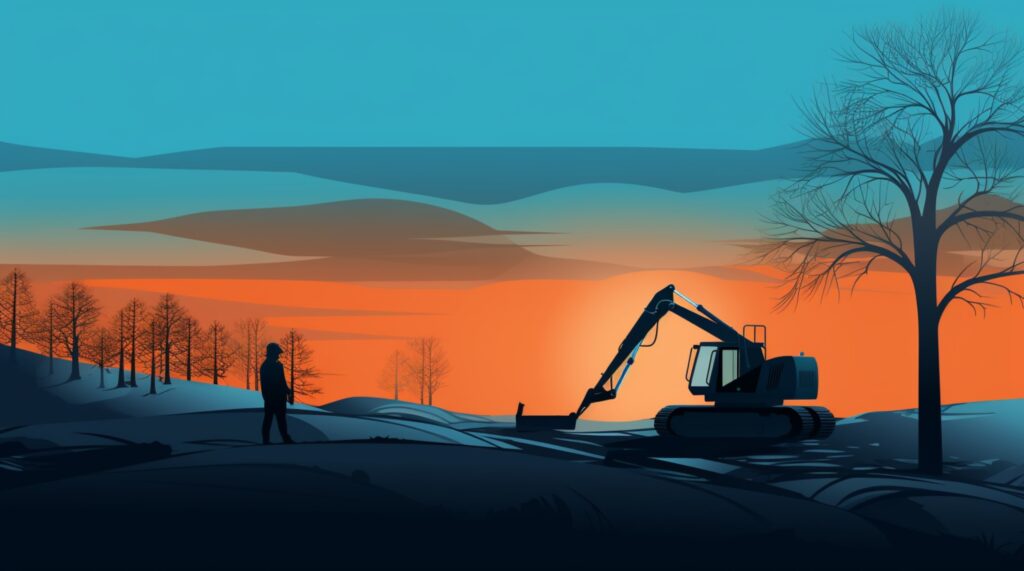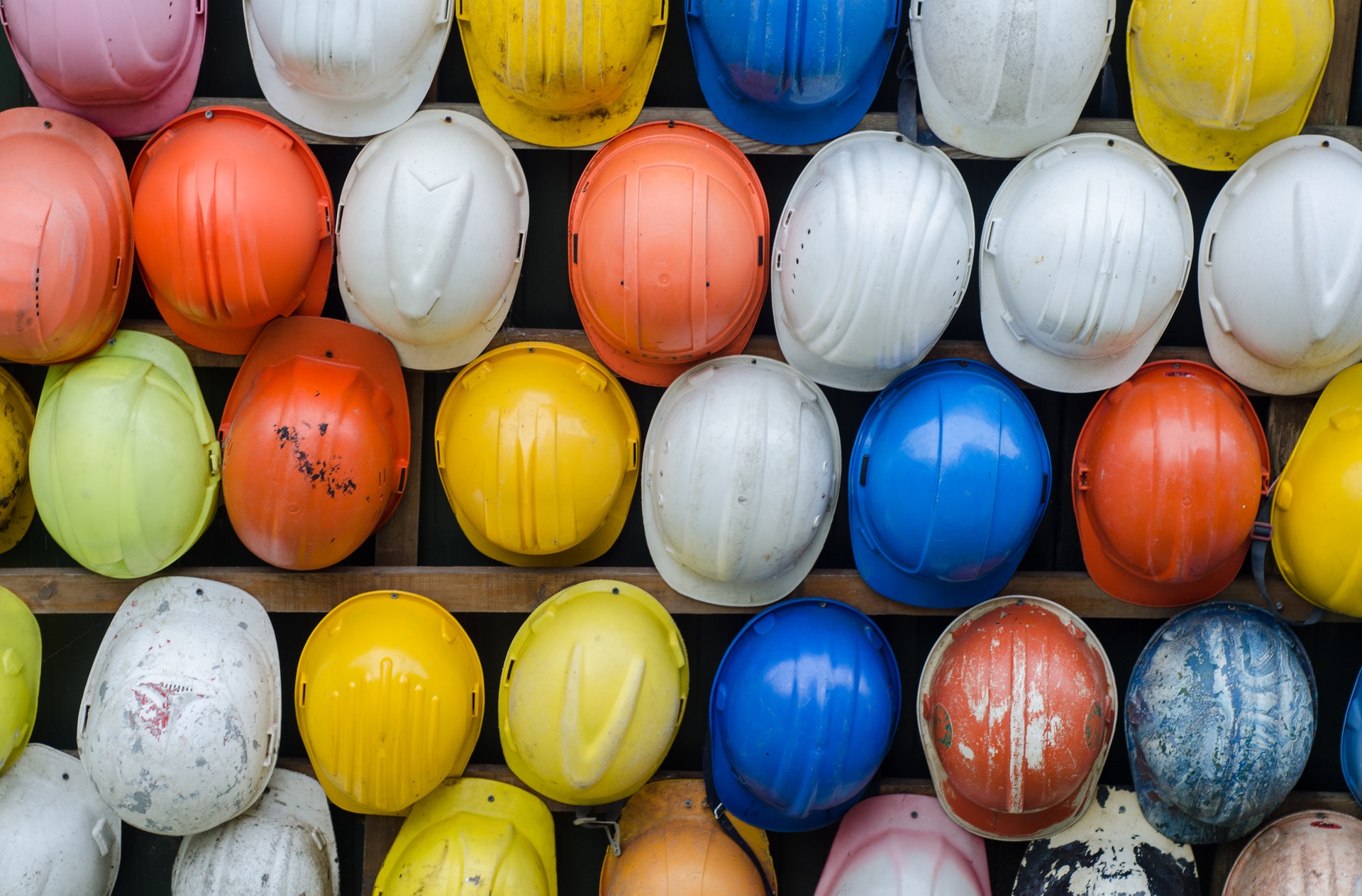
We are reader-supported. When you buy through links on our site, we may earn an affiliate commission.
Summer is a popular time for work. Construction companies reach their peak during these months, which is beneficial for businesses. However, for contractors, the hot weather can be difficult to function through. In fact, without the right precautions, extreme heat can cause dehydration, exhaustion, sunburns and heatstroke. In serious cases, it can lead to death. Here are some tips for staying safe when working in hot weather.
Stay Hydrated
No matter what season it is, you should always stay hydrated. Your body runs best on cold water — and a lot of it. However, that amount increases when working in hot weather. Some experts say that 68 to 135 ounces of water is a healthy amount. You’ll want to keep in mind, though, that a day of contracting takes more energy than a non-active day. You’ll want to stay hydrated on and off the clock as best as you can.
A good rule of thumb is to drink water every 15 to 20 minutes. That way, you get a routine down and get fluids in your body. Often, humans dehydrate before feeling thirsty. It’s best to stay ahead and keep drinking water or a beverage with electrolytes.
Wear the Right Gear
Clothing can have a big impact on your heat tolerance and exposure to UV radiation. Covering up protects your skin from the harsh rays of the sun. Even if you’re covered up, you should wear SPF-30 or higher and reapply throughout the day.
You should also avoid clothes that are too tight or heavy as it amplifies the effects of the sun. Wearing lighter clothes, both in weight and in color, deflects the sun and provides more breathability. Your clothes should be looser, too, for more comfort.
Additionally, protective on-the-job gear is essential. You should use safety glasses with UV protection — bright sunlight can cause migraines, which you’ll want to avoid however you can. A hardhat with a brim can also give you more protection.
With both areas of protection, plus the addition of sunscreen, you protect yourself from the sun’s heat and brightness.
Schedule Work Wisely
Scheduling is a subtle tip that can make a big difference in health and performance. First, if possible, you can check the weather forecast and plan around the temperatures. If one day is going to be overly hot, you can plan for indoor work that day.
If you find yourself working in hot weather, you can schedule your day accordingly. For instance, start your day early or do the hardest tasks when the weather is cooler. Then, work on easier responsibilities when the temperature peaks. You can apply this concept to individual work days, weeks or even months.
Moving your work to the shade is an additional option to keep you cool. If you can move your work to a shady location, you can drop the temperature by several degrees. Try to do this in the hottest hours between 11 a.m. and 3 p.m. If you work in an arid region with little tree cover, you can erect a canopy or other structure to block the sun
Of outdoor fatalities, 50% to 70% occur during the first few days of adjustment. The body must adapt to the heat gradually — meaning planning ahead is critical.
Take Regular Breaks
Breaks can revitalize you in general. In instances of extreme heat, they can be life-saving. Even just a 5- to 15-minute break can help you rehydrate and feel more rested. If you can, find a shaded area or a place to sit indoors with air conditioning.
Breaks improve your health, but they can also help your focus and efficiency. After resting for a few minutes, you’ll feel better, more hydrated and ready to work. Remember, you should stay hydrated even when you’re not on breaks.
Understand Heat Index Ratings
The heat index takes both temperature and humidity into account. If you live in a coastal or lake region, the moist air can render even reasonable-sounding temperatures dangerous. If the index exceeds 91 degrees, you need to take additional precautions.
However, remain aware that working in direct sunlight can overheat you even if it stays below 91 degrees. The critical factor remains listening to your body. If you start to feel sick, don’t try to push through the pain. Take a break before you reach the danger zone.
Stay Alert for Coworkers
As you take care of yourself on the hot days, keep an eye on your coworkers. Encourage them to follow the same safety practices that you take. Be sure to look out if they need assistance. You should facilitate a way to quickly contact emergency services or your workplace should you or your coworker need help.
For instance, if you create protocols and channels of communication to handle heat-related illnesses, you can quickly follow the steps and get assistance rapidly. Whether you call 911 first or an EMT, you should maintain contact at all times.
Know the Signs of Heat-Related Illnesses
Familiarize yourself with the signs and symptoms of heat-related illnesses. There are different types of conditions that you should know — heat stroke, heat exhaustion, heat cramps, heat rash and sunburn.
Behaviors and symptoms to look out for include disorientation, lack of coordination, slurred speech, stumbling, profuse sweating, increased heart rate, dizziness and fatigue. These signs may present themself slowly or suddenly, so it’s important to understand it all.
If you or a coworker start to experience any of these symptoms, you can quickly take the right steps for protection and prevention.
What Are Your Rights?
Can you walk off the job when it’s too hot to work outside, even if your foreman says no? Unfortunately, it remains a risky proposition. You do have the option to file an OSHA complaint, although you’d have a better chance when going in with a group of coworkers. Otherwise, you could face a challenging and pricey legal battle. You might prevail, but you could lose income in the meantime.
However, if you notice signs like hot, dry skin, hallucinations, confusion or dizziness, alert your supervisor and call 911. These signify potential heatstroke, and minutes could make the difference between recovery and death.
Prepare for Working in Hot Weather
These tips are simple practices that go a long way. You’ll find that they boost your performance and keep you safe during the hottest days of the summer. From there, you can continue with your projects without the adverse effects of the heat.
If you want to learn more about safety on the construction site, check out our article on the top health risks in construction!




